Program Our venue in Mysore
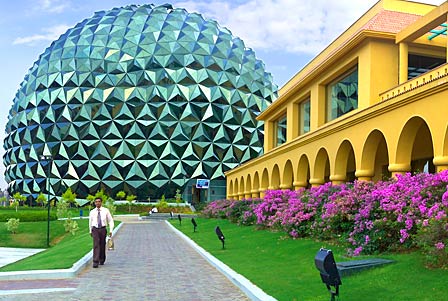
Infosys campus
The home base for TEDIndia
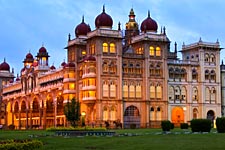
Mysore Palace
An icon of Mysore
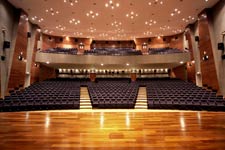
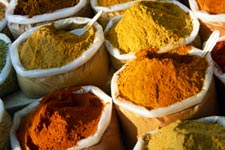
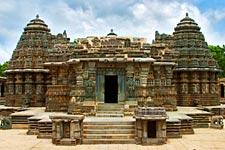
Keshava Temple
In Somnathpur, outside Mysore
The incredible high-tech Infosys campus -- and the surrounding historic city of Mysore -- provides the backdrop for four days of TED magic.
About the Infosys campus
The site for TEDIndia is a powerful metaphor for the reshaped world of the 21st century. TEDIndia will be held on the incredible high-tech campus built by Infosys to train its thousands of engineering graduates. In addition to its beautiful setting, the campus represents the heart of the Asian outsourcing industry that’s transformed the global economy. We can think of no more appropriate place to gather to think about tomorrow.
Metaphors aside, the campus is beautifully laid out and matches perfectly with the needs of a TED event. Its focal point is a stunning Epcot-style dome, housing a state-of-the-art theater, with comfortable seats and concert-hall acoustics. The brand-new, 270-acre campus has manicured lawns, ample housing, fast WiFi, extremely tight security, and everything else one needs to be comfortably at home: health club, swimming pool, running track, bookshop, even a bowling alley ...
Interestingly, this Mysore campus is the world’s largest corporate training facility for IT professionals -- necessary for Infosys, which adds 12,000 employees every year.
About Mysore
Mysore is one of India’s oldest cities -- an up-and-coming center for outsourcing and IT, which retains its old-world charm. The second largest city in Southern India’s state of Karnataka (it lies 130km from Bangalore), Mysore is a city of palaces and gardens, shady avenues and sacred temples. It’s known for its academic and research institutions, and also for its heritage buildings and palaces constructed by the Mysore Maharajas.
Among Mysore’s most memorable sites are the lush Brindavan Gardens, with spectacular landscaping and fountains; Chamundeshwari Temple, with its 1,000 steps leading down to the city; and Mysore Palace, one of India’s most dramatic national monuments. Its nighttime silhouette -- illuminated by 97,000 bulbs -- is one of the city’s most iconic images.
In addition to its striking monuments, Mysore is known for its handicrafts. Mysore silk and sandalwood soap are famous throughout India, as is the city’s particular style of intricate wood carvings.
To deepen the sense of place, attendees will be offered a series of optional trips, discoveries and special programs before and after the conference, including tours of historic Mysore sites, and visits to nearby wildlife sanctuaries.More highlights of Mysore and environs:
-
The Jagan Mohan Art Gallery, with collections of Indian and world art and traditional Indian instruments.
-
India’s first irrigation dam, the Krishna Raja Sagar (KRS) Dam, built in 1932 and lying just above the Brindavan Gardens.
-
The beautiful, ancient island town of Srirangapatna, with its many forts, ruins and palaces, including the Sri Ranganathaswamy Temple -- one of the oldest temples in India (foundation stones laid in 894 AD) -- and the Gumbaz mauseleum, a beautiful example of Indo-Islamic architecture with its lofty whitewashed dome, ivory inlaid doors and elaborately carved stone windows.
-
Ranganathittu Bird Sanctuary, a haven for native Indian wildlife and a migratory hotspot for exotic bird species, located on several small islets just 20km outside Mysore. The sanctuary is home to cormorants, darters, white ibis, storks, egrets, herons, terns, swallows, streaked weavers, ducks, teals, sandpipers, kingfishers, whistling teals and plovers.
-
Delicious south Indian cuisine, less familiar to westerners.
